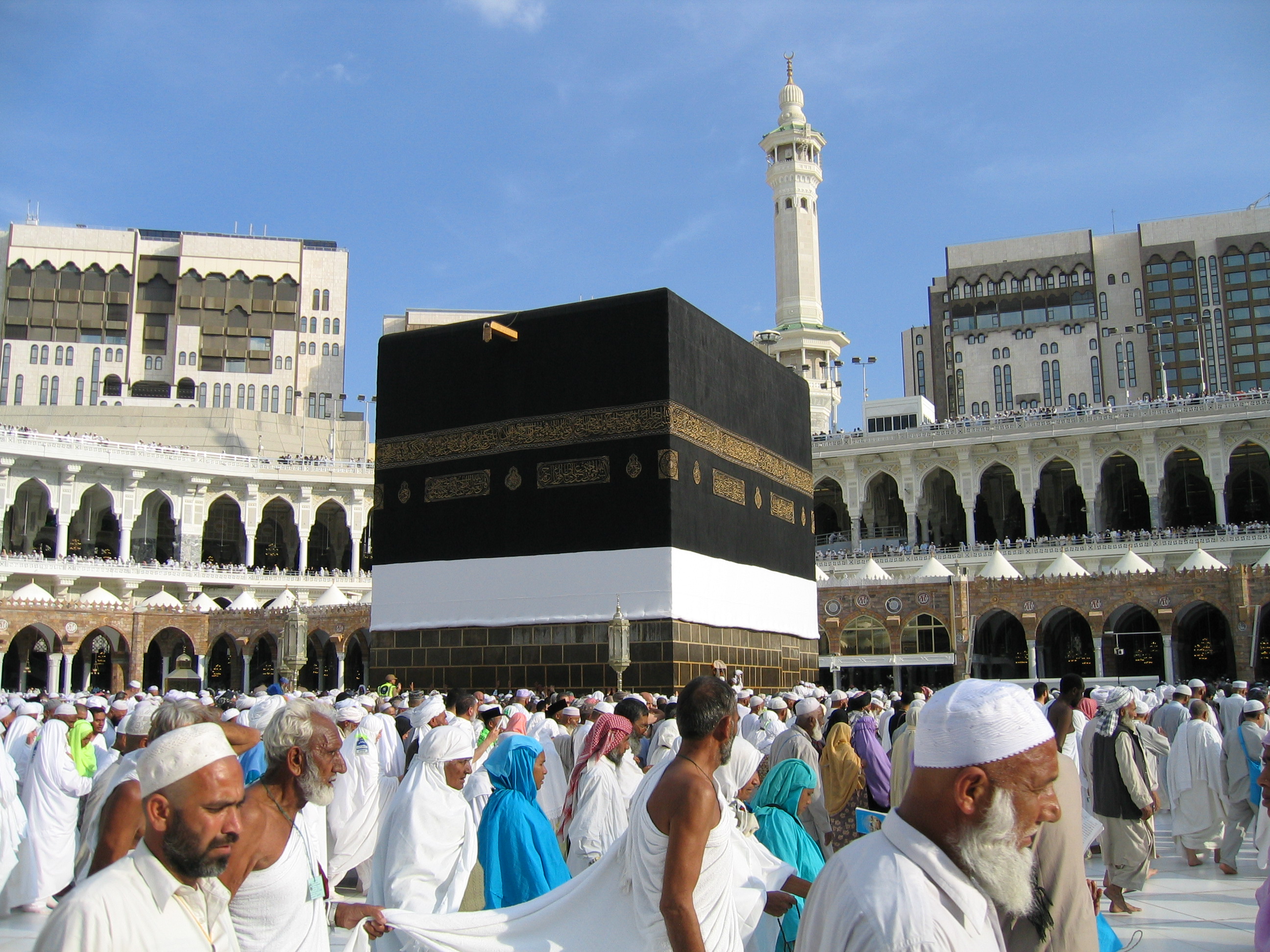With Haj 1436 concluded, South Africa can expect the first group of hujjaj to arrive in the country on Monday morning and the larger groups later next week, according to the South African Haj and Umrah Council (Sahuc). 350 pilgrims will arrive on Monday, including groups from Al Anwar Haj and Umrah and Yasmine’s Travel and Tours. All hujjaj are expected to have arrived in the country by the 12th October. Sahuc’s mission team will remain in the kingdom until all SA hujjaj have departed.
On Saturday, Sahuc president Shaheen Essop said some of the hujjaj who have completed the pelting of the Jamarats will be returning to their Aziziya accommodation whilst others will be remaining in the camps for their 6th day of pelting. From Azizia, they will be moving to the airport in Jeddah for their return to South Africa to Cape Town, Durban and Johannesburg. This was a very challenging year for the hujjaj as they have faced many tragedies; the crane crash in Makkah, a fire at a hotel in Makkah and the devastating stampede in Mina. The entire experience was compounded by days of excessive heat exceeding 502 degrees where some hujjaj had to be dripped as well as treated for dehydration and exhaustion.
However, Sahuc’s mission in the Kingdom has reported that the pilgrims remain in high spirits and are extremely supportive of one another.
“There is a great camaraderie around the South African hujjaj, in order to ensure that everyone is able to complete their haj and to be united as one representative group of South Africa,” said Essop.
At least 717 pilgrims died and 863 others were injured on Thursday when a stampede broke out in the tent city of Mina. The cause of the stampede was believed to be the negligence of the hujjaj and their group leaders as the stampede occurred during the restricted hours where the road was blocked. Officials have assigned specific pelting times for all hujjaj.
However, Saudi authorities are still facing sharp criticism for its management of the haj this year and have been blamed for not implementing enough safety measures to deal with crowd control. The Saudi Kingdom has a bad history of stampedes during the haj season. The Mina stampede is considered the worst tragedy to hit the haj in 25 years.
Asked if the Mina incident would prompt the Saudi haj ministry to reduce the global quota to avoid major accidents like the stampede, Essop disagreed.
“If we look at previous years where there was significant incidents, the quota was significant larger than it is currently. Three years ago, Saudi authorities reduced the quota for international countries by 20 percent and 50 percent for Saudi Arabia. As a result, they managed the processes quite well. The problem I think stems because hujjaj are not following protocol. We have a herd mentality…people are not paying attention to authorities.”
“Before the five days of Haj, the group leaders have a meeting with the Mu-assassa wherein the processes and times are clearly outlined as well as precautions regarding safety and security. The hujjaj are then taken on an orientation through the route they will be taking to the Jamarats. This is to ensure that they are aware of how to get out of harm’s way in case of an incident,” he continued.
From the perspective of South Africa’s haj services, Essop reported that things had gone well this year.
“There was one isolated incident at the beginning which seems to have run its course. Beyond that, there have been no real complaints in terms of accommodation. Secondly, on the Mashaheer at Mina, our SA camps, the non-special services, were tremendously improved. According to reports, the quality of the service has been much better, alhamdullilah.” VOC






 WhatsApp us
WhatsApp us 

